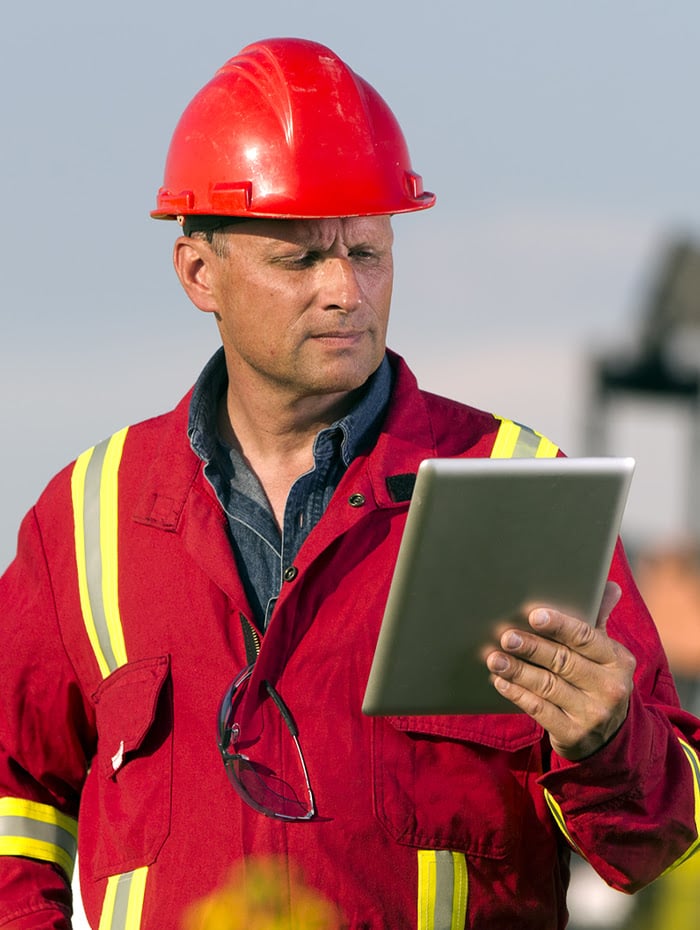If you manage a team, there's a good chance you've heard of Key Performance Indicators (KPIs). These measurable values are the means by which your business can demonstrate how effectively they are achieving key objectives and ultimately, success. However, as of March 2020, virtually every line of business has had to establish a brand new set of KPIs to reflect the objectives and goals that were forced to pivot because of the pandemic. It is not uncommon for organizations to adopt a War Room (WR) approach in the time of crisis—a designated group of leaders appointed to manage a massive or urgent project and usually located in a central headquarters—who will establish this new set of KPIs. With COVID-19 continuing to impact business, crucial decisions that will have an impact for years on the business are being discussed in the WR.
Like most industries, Energy & Natural Resources (E&NR) companies are deep into their COVID-19 response mode, and it is more important than ever that they make informed, data driven decisions. Real time access to KPIs is imperative for E&NR organizations which has been further amplified by COVID-19. These include:
- Cost control vs. budget
- Cash flow management
- Asset performance and availability
- Employee attendance management
- Revenue forecast with predictive trend analysis
- Incident management
- Customer collections
- Emergency work order resolution
To help ensure performance is on track to achieve goals, the WR established by your E&NR business should be measuring KPIs consistently—every 24-48 hours to be precise. But there are also some essential KPIs that should be part of this measurement:
For more on KPIs during the pandemic, see this list of lessons learned in the data analytics war room—as first released by our colleagues in the U.S.
As we slowly start out on the road to economic recovery, how will utilities companies understand which customers are likely to adopt solar, join micro grids, demand pay-as-you-go plans, or expect their utility to provide in-home energy management? How will they address billing issues given relief measures put in place by government bodies? Questions the EXCO may be asking include:
- Are we gaining or losing customers?
- Is revenue going up or down?
- Are customer complaints on the rise?
- Are payments coming in on time and what our delinquency rate?
- Are we responding appropriately to customer contacts and unpaid bills?
Fortunately, technology and analytics have become so advanced and affordable that gaining a full understanding of all customers' interactions—that can help to protect your revenue and increase customer satisfaction—is no longer out of reach.

Contact our leaders in E&NR for more information.
Stephen Payne, Partner, Consulting, Energy & Natural Resources Leader
Ryan Berkholtz, Business Development Executive, Advisory